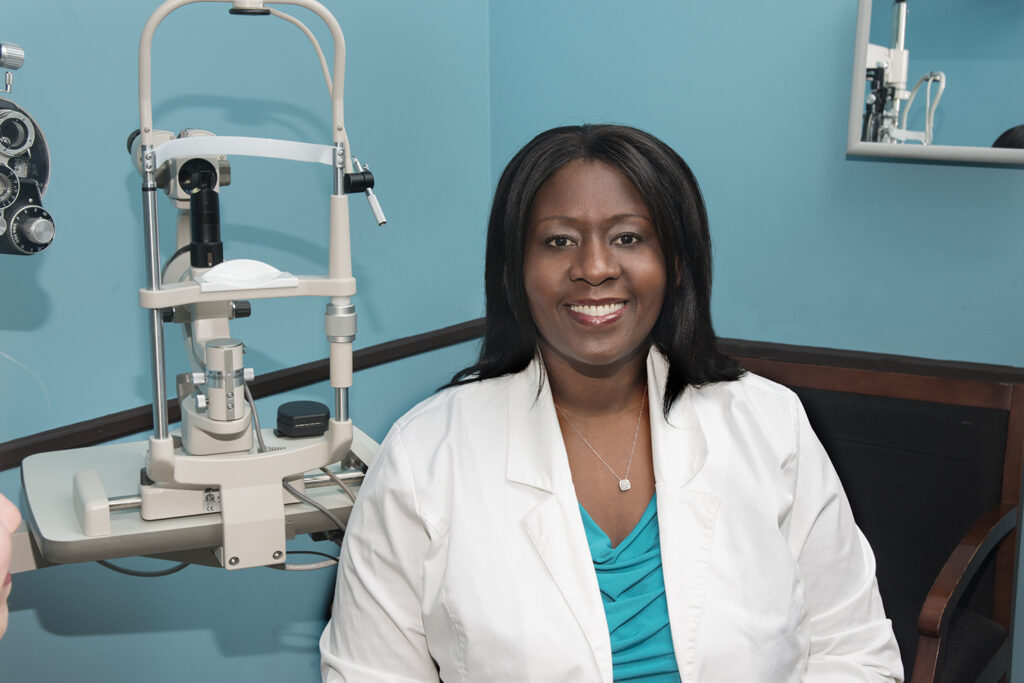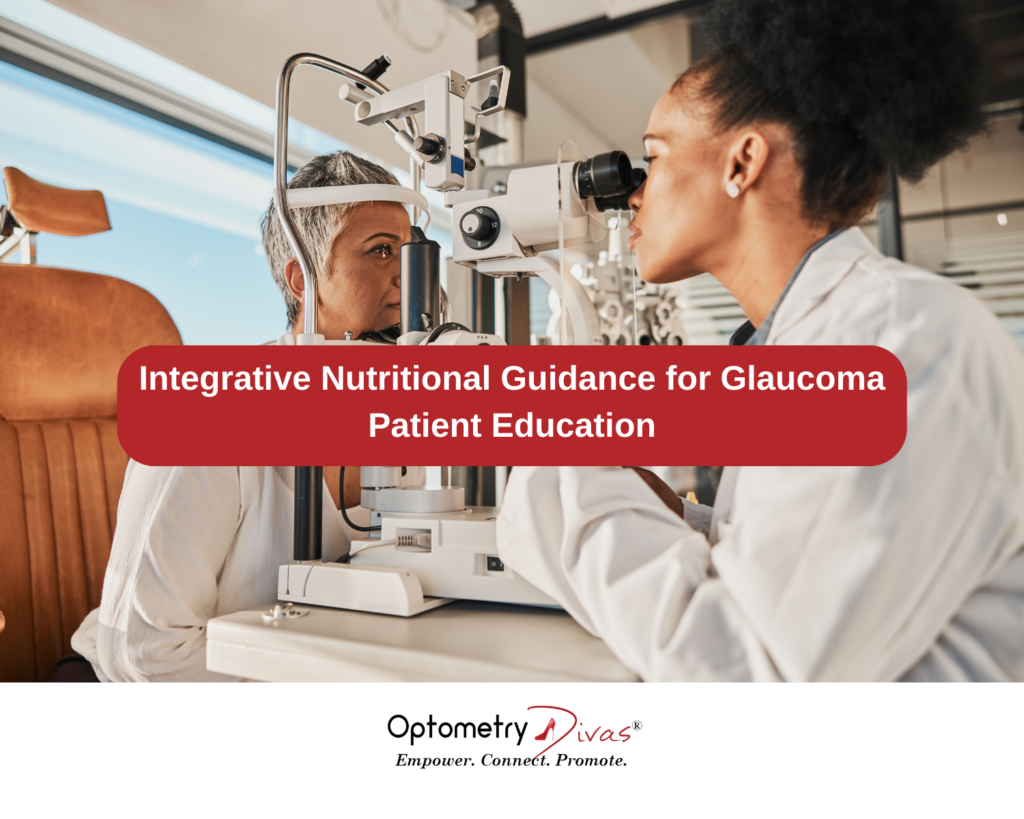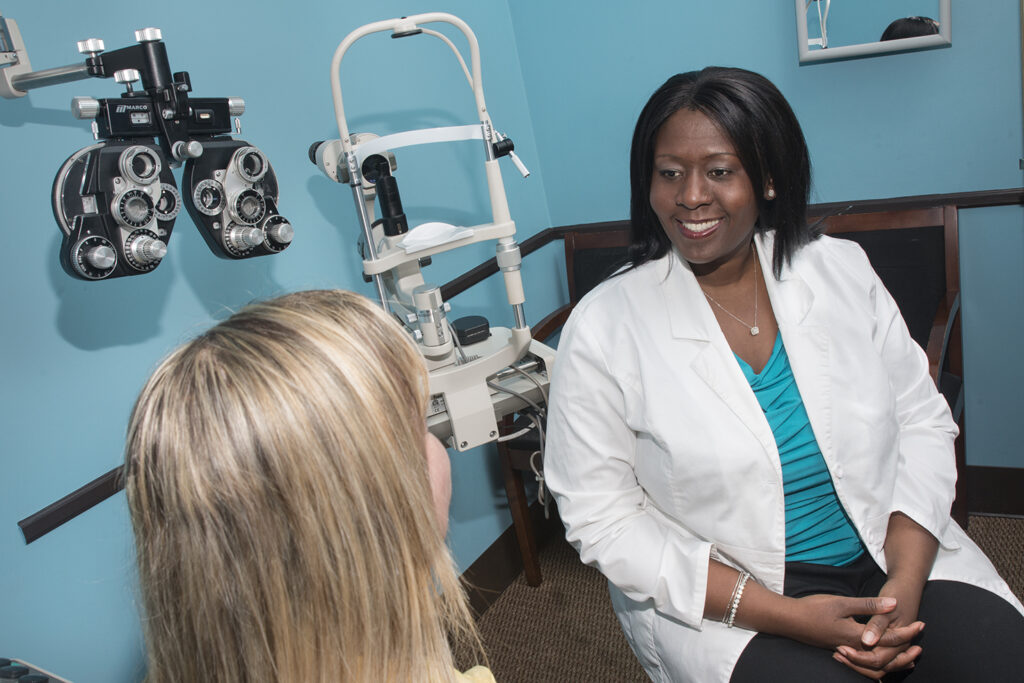Understanding Age-Related Macular Degeneration: What Women Optometrists Should Know

February is Age-Related Macular Degeneration Awareness Month. It’s a great reminder to educate our patients and the public about one of the leading causes of low vision and blindness, AMD.
As women optometrists, our role in detecting and managing eye diseases is crucial. The most patient starts their eye care journey first with an OD. One such condition that requires our attention is Age-Related Macular Degeneration (AMD). This common eye disorder is a leading cause of vision loss among older adults, and understanding it is vital for providing comprehensive patient care.
What is Age-Related Macular Degeneration?
Age-Related Macular Degeneration affects the macula, the central part of the retina responsible for sharp, central vision. AMD progresses in two forms:
- Dry AMD: Characterized by the thinning of the macula and the presence of drusen (yellow deposits). It is the more common and less severe form.
- Wet AMD: Involves the growth of abnormal blood vessels under the retina, leading to leakage and scarring. Wet AMD is less common but more severe and can cause rapid vision loss.
Risk Factors
Several factors increase the risk of developing AMD, including:
- Age: The risk increases significantly after age 50.
- Genetics: Family history of AMD can predispose individuals to the condition.
- Race: AMD is more common among Caucasians.
- Lifestyle: Smoking, poor diet, and lack of exercise can contribute to AMD.
Symptoms to Watch For
AMD often progresses slowly, and early stages might not show noticeable symptoms. However, as the disease advances, patients may experience:
- Blurred or fuzzy vision.
- Difficulty recognizing faces.
- Straight lines appearing wavy or distorted (a symptom of wet AMD).
- Dark or empty areas in the center of vision.
The Role of Optometrists
Early detection and monitoring are key in managing AMD. As optometrists, we should:
- Conduct Comprehensive Eye Exams: Regular exams, including dilated eye exams, can help detect early signs of AMD.
- Use Advanced Imaging Techniques: Optical coherence tomography (OCT) and fundus photography can provide detailed images of the retina, aiding in early diagnosis.
- Educate Patients: Inform at-risk patients about the importance of regular eye exams and the potential lifestyle changes that can reduce risk.
- Manage and Refer: While dry AMD has no cure, certain vitamins and minerals (AREDS2 formula) can slow its progression. For wet AMD, timely referral to a retina specialist for treatments like anti-VEGF injections is crucial.
Preventive Measures
Encouraging patients to adopt healthy lifestyle habits can help lower the risk of AMD:
- Quit Smoking: Smoking significantly increases the risk of AMD.
- Maintain a Healthy Diet: A diet rich in leafy greens, fruits, and omega-3 fatty acids supports eye health.
- Regular Exercise: Physical activity can help maintain overall health and reduce the risk of AMD.
Age-Related Macular Degeneration is a significant concern for the aging population, but with early detection and proactive management, we can help our patients maintain their quality of life. By staying informed and vigilant, we, as women optometrists, can play a pivotal role in combating this vision-threatening condition.
Let’s commit to enhancing our understanding of AMD, educating our patients, and promoting preventive measures to preserve sight and improve lives.
Top image used under CC0 Public Domain license. Image cropped and modified from original.
The content on this blog is not intended to be a substitute for professional medical advice, diagnosis, or treatment. Always seek the advice of qualified health providers with questions you may have regarding medical conditions.






Responses